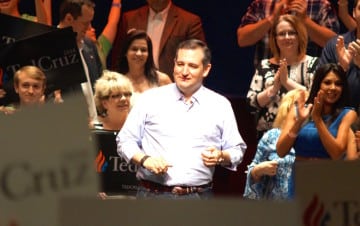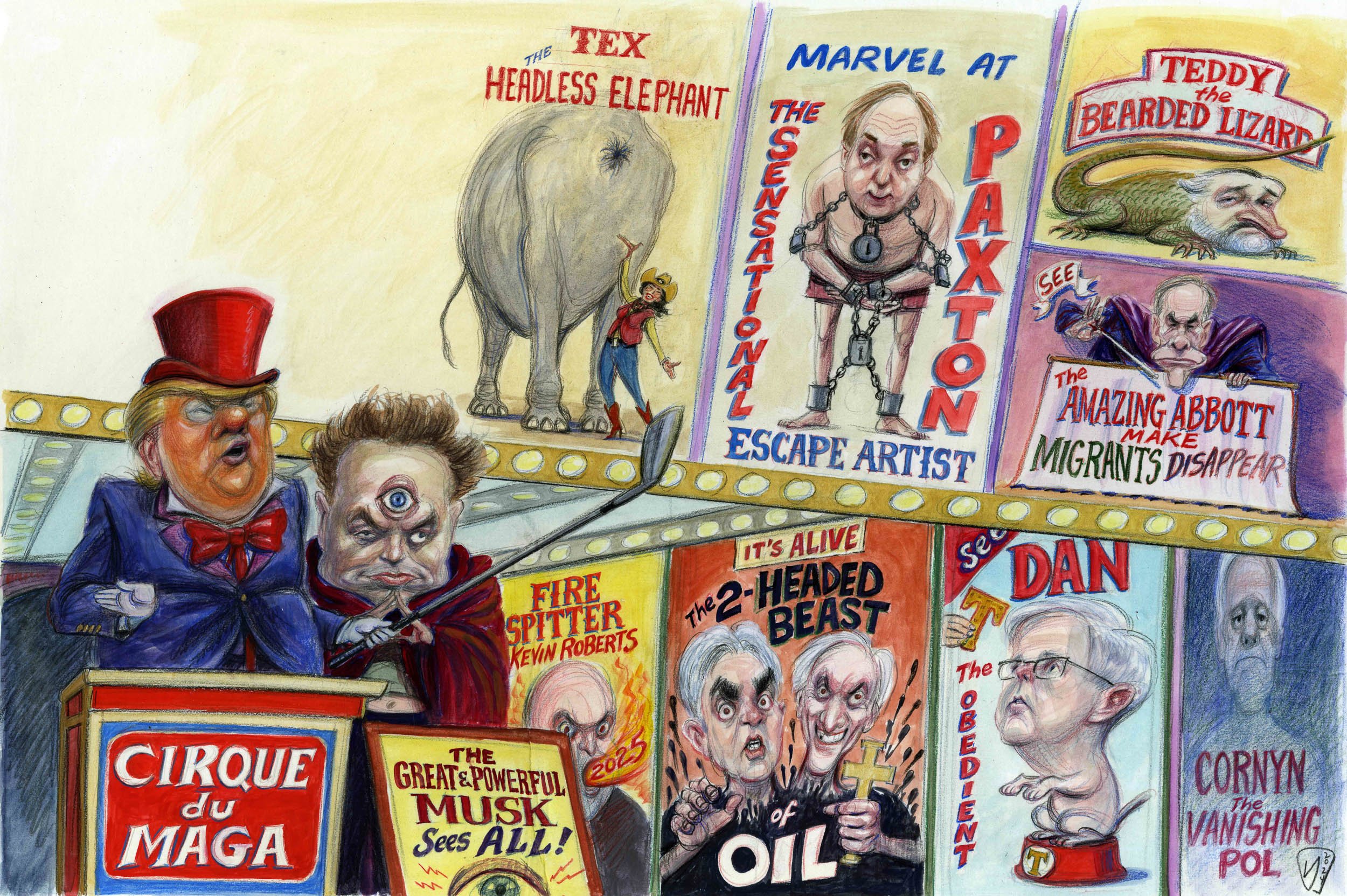
The Left Needs Its Own Tea Party
The Trump era is something new in American politics, and only a new approach can counter it.

A version of this story ran in the February 2017 issue.

Many progressives remember the tea party revolution of 2009-2010 as an extended exercise in unreason. That’s not wrong. But it was also, quite possibly, the most successful political organizing movement in the last half-century of American politics. The tea party transformed the GOP from a broken and battered political party to a ruthlessly effective organ in the body politic — all in the space of about 18 months. As Democrats plot a path out of the wilderness, it’s important to consider how the right did it.
In those years, the tea party was full of scorn for Barack Obama’s background as a organizer, and the feared name of Saul Alinsky was never far from conservative activists’ lips. But these right-wing rabble-rousers were much better organizers. For decades, the American left has dreamed about building a national movement of self-organizing cells by unifying political neophytes with disparate beliefs into a single, broad cause, and operating both within and outside its host political party. Conservatives realized that model. It worked. And Democrats still have nothing like it.
In Texas, there were tea party groups at the county, city and even neighborhood level. They were hyperlocal organizing engines whose events also offered camaraderie. They often met in churches, and many were involved with their own politically active congregations.
By creating a circuit where politicians such as Ted Cruz and Dan Patrick could speak directly to conservative activists, tea party groups changed the future of the state simply by existing. It became more important to tailor messages and political activity to these small crowds. The network was also an excellent way to train activists in more complex forms of organizing, such as block-walking and voter outreach, and a way for big conservative groups to reach local folks. It was all stunningly successful.
Democrats are supposed to be the party of the collective, but Democratic politics is intensely atomized, and many of its would-be voters are alienated from politics. Unions are capable of creating some energy, which is one reason they’ve been so intensely targeted by the GOP. Same with groups like ACORN. But they’ve all been decimated.
The social function of tea party groups was just as important as their organizing ability. It’s in linking and threading social groups together that politics can become a part of a person’s life, as it is in many other countries, instead of something to be argued about online. It’s here where Democrats truly have nothing. In part, that’s because there is no broader goal at the moment. Democrats have no fleshed-out answer to the exceptionally effective motivating ideologies of the tea party, no worldview that constitutes a cause.
There’s been ample and often deserved criticism of Obama for letting his own grassroots vehicle, Organizing for America, molder, and of the Democratic Party for losing sight of precinct-level activity. But the tea party wasn’t the invention of the GOP. It couldn’t be. Activists did it themselves.

I’ve often wondered if the key difference here is cognitive — maybe conservatives, who value tradition, hierarchy and in-group identities, are simply better at this than centrists, who care about little but the status quo, and the left, inherently wary of power and each other. The 2016 Democratic primary changed my mind, partly. There’s evidently a tremendous hunger on the left, particularly among young people, to take part in something politically meaningful.
One organizing group, the Democratic Socialists of America (DSA), has seen its dues-paying membership multiply since the start of Bernie Sanders’ campaign. They’ve seen growth in unlikely places like El Paso. Their chapters offer the social experience of the tea party, as well as focusing energy on local races, such as precinct chairmanships and community college trusteeships. But DSA is tiny, and the left needs a mass movement.
Many in the Democratic Party innately distrust this kind of talk. Some hated or distrusted Sanders. They hold essentially centrist policy beliefs, and find ideological talk icky. Their fear is misguided. The party needs all of the energy it can generate, and many different approaches can exist simultaneously. The belief that Donald Trump’s party is too stupid or evil and will necessarily self-destruct is terrifically dangerous and must be quashed. (Texas Democrats have been using that line on each other since I was in elementary school.) The Trump era is something new in American politics, and only a new approach can counter it. The clock is ticking.
This article appears in the February 2017 issue of the Texas Observer. Read more from the issue or subscribe now.


